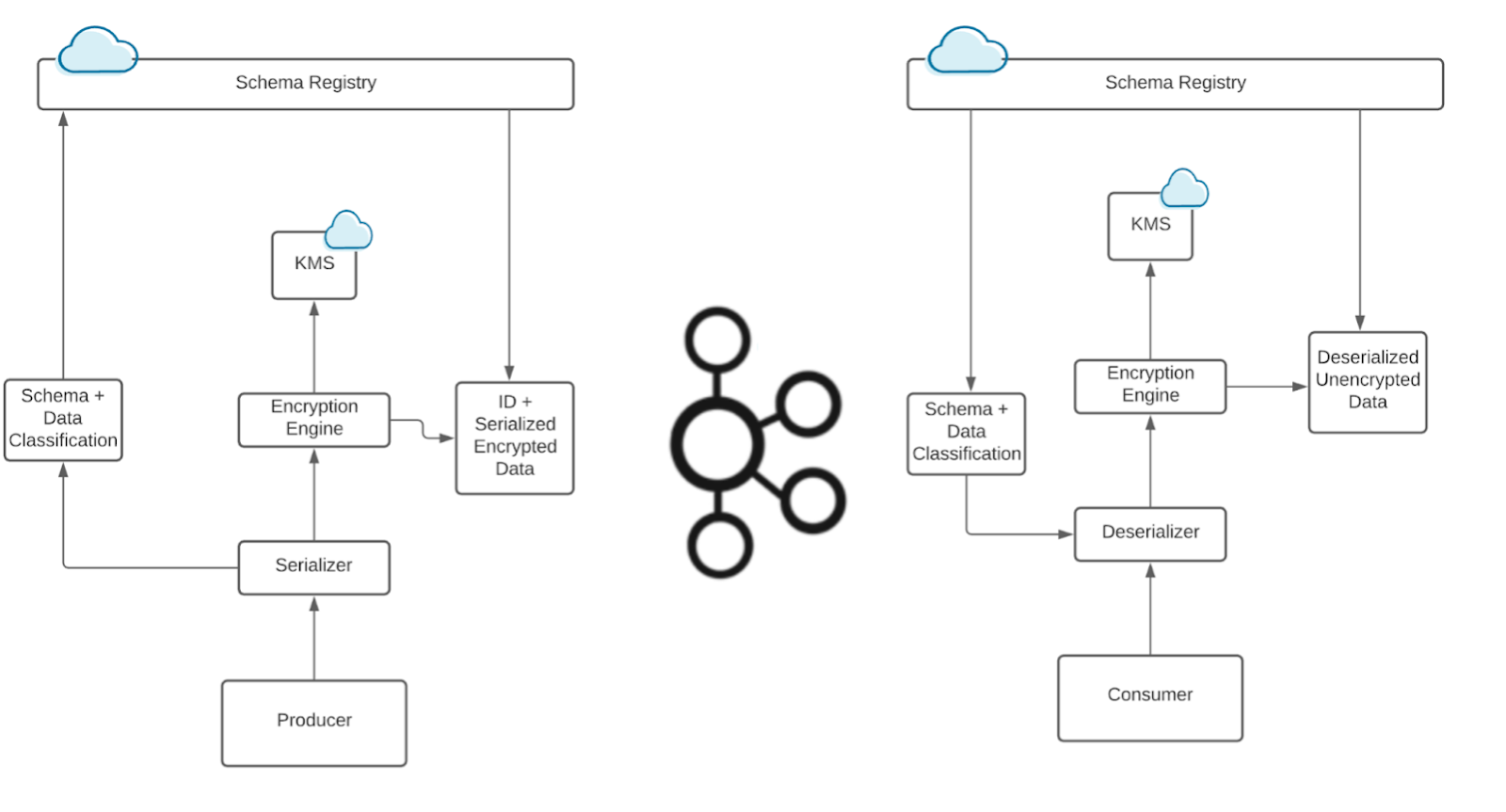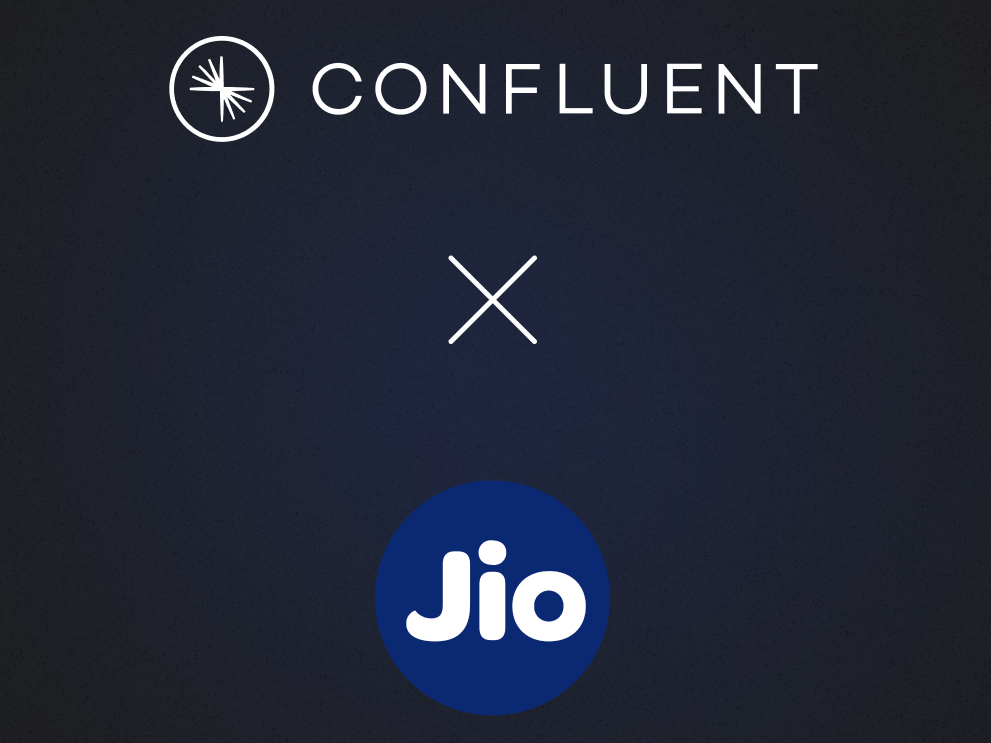It’s Here! Confluent’s 2026 Data + AI Predictions Report | Download Now
KSQL January release: Streaming SQL for Apache Kafka
We are pleased to announce the release of KSQL 0.4, aka the January 2018 release of KSQL. As usual, this release is a mix of new features as well as stability improvements.
Let’s take a look at what is new in this release.
New features and capabilities
Data exploration: enhanced PRINT TOPIC command
We’ve updated the PRINT TOPIC command to output the contents of any Kafka topic in the Kafka cluster, not just those topics which are already mapped to KSQL streams and tables. This provides a simple way to “peek” at your topics for data discovery and exploration. Check out the PRINT TOPIC documentation for more information.
Example output:
Data exploration: enhanced SHOW TOPICS command
The SHOW TOPICS command has been enhanced to include the number of active consumers and also the number of active consumer groups which are reading the topics.
Consumer groups are a feature of Apache Kafka which enable multiple consumer processes to divide the work of consuming Kafka topic. You can learn more about them in the Kafka Consumer JavaDocs, and of course you should read the SHOW TOPICS documentation for more information.
Example output:
Analytics: new TOPK and TOPKDISTINCT aggregation functions
We added two new aggregation functions, TOPK and TOPKDISTINCT.
The TOPK function allows you to select the top K values for a given key for a given window. This is a more general implementation of the ‘MAX’ aggregate function.
For example, if you want to compute the the 5 highest value orders per zip code per hour, you can now run the following query:
The TOPKDISTINCT function is similar to the TOPK function, except that it will output the topK distinct values for a given key for a given window.
For example, to print the 5 latest page views for each page, you can run the following query:
Operations: print KSQL metrics from the command line
In the December 2017 release, we added JMX metrics which give insights into what is happening inside your KSQL servers. These metrics include the number of messages, the total throughput, the throughput distribution, the error rate, and further information.
Binary tarballs
We also now ship binary tarballs for each release in addition to Docker images. This was a much requested feature from users who are not into Docker and who now don’t need to build KSQL from source anymore to get the latest release. Of course, if you still want to build a development version of KSQL from source you can continue to do so.
Distributed failure testing
Finally, we have continued to invest in improving our test coverage. In particular, we added fully distributed system tests for KSQL which stand up KSQL server pools and Kafka clusters, and then test for correctness when there are rolling bounces and other failures for various server nodes. This is a big step toward making KSQL ready for prime-time production use.
Where to go from here
If you have enjoyed this article, you might want to continue with the following resources to learn more about KSQL:
- Watch our 3-part online talk series for the ins and outs behind how KSQL works and how you can use it effectively to perform monitoring, security and anomaly detection, online data integration, application development, streaming ETL and more.
- Get started with the latest release of KSQL to process and analyze your company’s data in real-time.
- Watch our KSQL online talk for a more detailed introduction.
If you are interested in contributing to KSQL, we encourage you to get involved by sharing your feedback via the KSQL issue tracker, voting on existing issues by giving your +1, or opening pull requests. Use the #ksql channel in our public Confluent Slack community to ask questions, discuss use cases or help fellow KSQL users.
Avez-vous aimé cet article de blog ? Partagez-le !
Abonnez-vous au blog Confluent
How to Protect PII in Apache Kafka® With Schema Registry and Data Contracts
Protect sensitive data with Data Contracts using Confluent Schema Registry.
Confluent Deepens India Commitment With Major Expansion on Jio Cloud
Confluent Cloud is expanding on Jio Cloud in India. New features include Public and Private Link networking, the new Jio India Central region for multi-region resilience, and streamlined procurement via Azure Marketplace. These features empower Indian businesses with high-performance data streaming.

